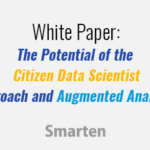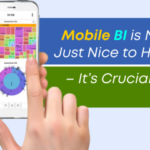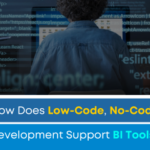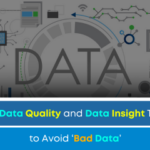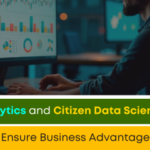
Since it is the prerogative of a consultant to question and modify predominant jargon, I am hatting (yes, this too is an English word) …I am hatting myself in the hat of a consultant this morning, and I am questioning the application of the term “Business Intelligence.”
As a professional in the Industry for long, I have seen this word being used innovatively to describe Cognos, Business Objects, QlikView and Power BI. From reporting to visualised dashboard to predictive analytics.
So let us look at what entails BI now and what it will include in future. We know that by designing self-learning programs, we are in a position to provide prescriptive analytics. Some prescriptive analytics based on known parameters were always a part of ERP or BI offering. For example, a maintenance manager of a machine shop can get a predictive analytic message for early maintenance based on the parameters for use. This was early predictive or was it? Did it predict a need or it estimate a need?
We are looking at a picture not extrapolated from this scenario but different from this.
First, the assumption that there will adequate data to predict needs is to change to the ability to pull data from multiple sources to predict. So multiple sources spread across various location. Data sources is also a business proposition for many corporations, NGO and government organisation to start a business
Second is the death of the click. We are looking at Clickless world shortly. And the best part “Clickless” is not a part of the BI lexicon. As Yet! I can hear you thinking…how is it possible? This is nonsense! The consultant’s hat does not suit this guy! I know…I know what you are thinking
In the world where computing resources are in oversupply, where in-house servers and their capacity have ceased to make an impact on design or purchase decisions, business analysts nor CEO are going to look at huge dashboards and filter data. Nor are they going to look at 2 KPIs to sense the direction in which the business is going.
They are going to ask direct questions to the data.
CEO will ask, “What caused the sales drop last month?”
The answer could be “Demonetization of Indian currency had an impact in West Bengal which resulted in a drop in sales.” This human mind knows, but how will a business intelligence system?
We respond using SMARTEN!
The engine pulls data from the sales report where most of the sales team would have marked Demonetization as a reason for the drop in sales from Salesforce. Next it check the news engine if this demonetization was a fact of a figment of the sales team imagination – displayed the news results and a pie chart of the sales in key zones with the dips in the key cities.
Now does the CEO click and drill down? No, he asks, why did the sales not fall in Ahmedabad? Darn, you guys expected a click somewhere…no, we are going to do away with it.
But now, the question which the CEO asks…how to make West Bengal work like Ahmedabad…
And this results in a solution which indicates an increase in advertising spend and fewer sales calls to similar customers.
So, this brings me back to the original question which made we wear the consultant’s hat. Is this Business Intelligence?
It is!!!
And we are calling this technology Smarten
Smarten is an amalgamation of data analytics engines and human interaction processes, like natural language, voice and text inputs which is expected to change the way you decide and act!
Original Post: Re-Visualizing Business Intelligence, now let’s chat!



